Homemade Vinegar Cleaning Tricks: Unlock the sparkling secrets hidden in your pantry! Are you tired of harsh chemicals and sky-high prices for cleaning products? I know I am! Imagine a world where you can effortlessly tackle grime, banish odors, and disinfect surfaces, all with a simple, eco-friendly ingredient you probably already have: vinegar.
Vinegar’s cleaning prowess isn’t exactly a new discovery. In fact, its use dates back to ancient civilizations, with evidence suggesting the Babylonians used it for cleaning purposes as far back as 3000 BC! From the Romans to our grandmothers, vinegar has been a trusted cleaning staple. But in today’s world of specialized cleaners, the simple power of vinegar is often overlooked.
That’s where this DIY guide comes in! We’re diving deep into the world of homemade vinegar cleaning tricks, revealing the most effective and surprising ways to harness its natural cleaning abilities. Why do you need these tricks? Because they’re cost-effective, environmentally friendly, and incredibly versatile. You’ll save money, reduce your exposure to harmful chemicals, and discover a whole new level of clean in your home. Get ready to ditch the expensive cleaners and embrace the power of vinegar!
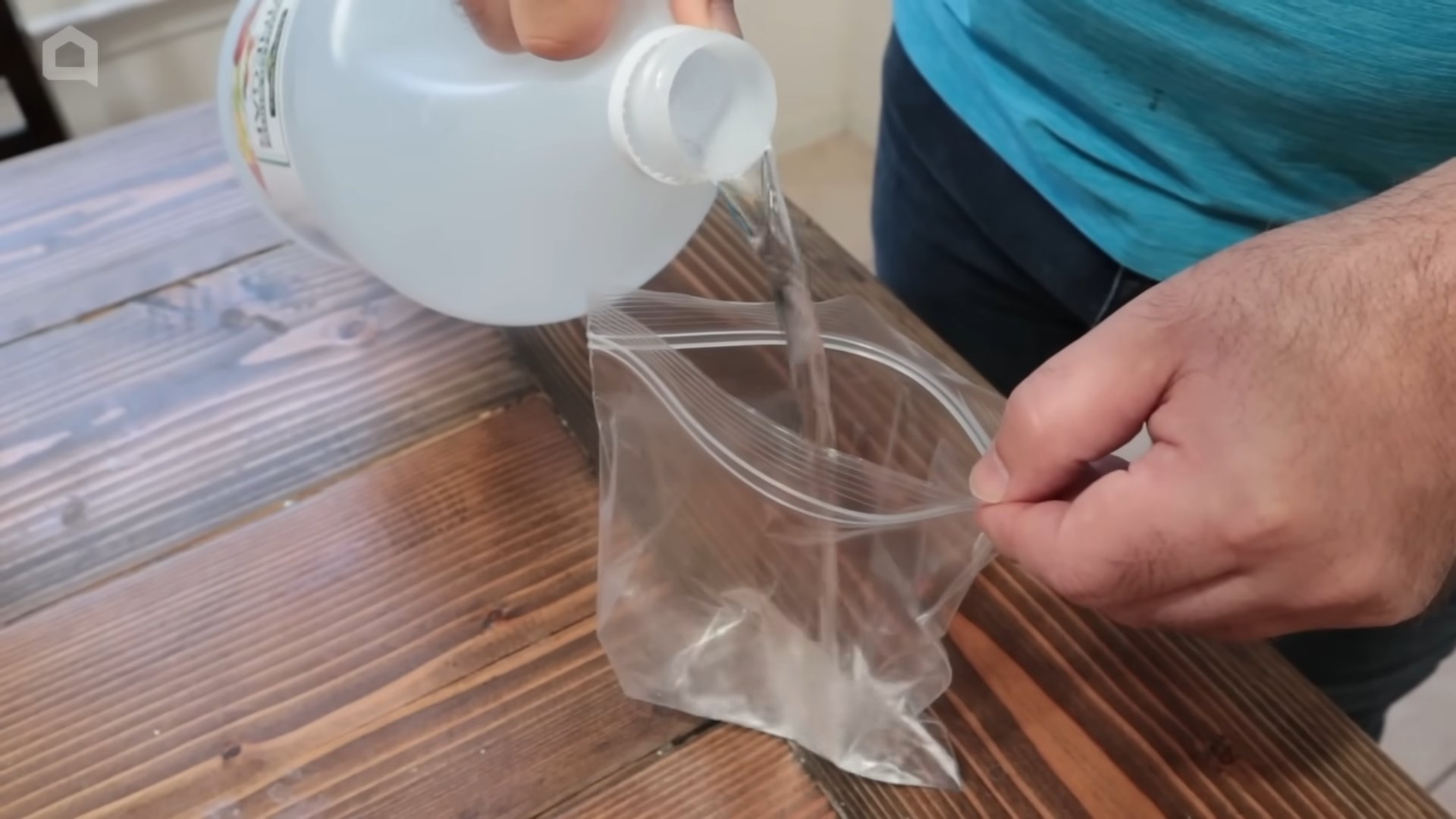
Unlocking the Cleaning Power of Vinegar: My Favorite DIY Hacks
Vinegar, that tangy liquid sitting in your pantry, is more than just a salad dressing ingredient. It’s a powerhouse cleaner, a natural deodorizer, and an all-around amazing tool for a sparkling home. I’ve been using vinegar for years, and I’m constantly amazed by its versatility. Forget harsh chemicals – let’s dive into some of my favorite DIY vinegar cleaning hacks!
General Guidelines for Using Vinegar
Before we jump into specific projects, let’s cover some ground rules.
* Dilution is Key: Always dilute vinegar with water. A 1:1 ratio (equal parts vinegar and water) is a good starting point for most cleaning tasks. For tougher jobs, you can increase the vinegar concentration, but always test on an inconspicuous area first.
* White Distilled Vinegar is Your Best Friend: While other types of vinegar exist, white distilled vinegar is the most effective and affordable for cleaning. It’s also less likely to stain surfaces.
* Avoid Certain Surfaces: Vinegar is acidic and can damage certain materials. Avoid using it on marble, granite, waxed wood, cast iron, aluminum, and electronics screens.
* Smell Sensitivity: The vinegar smell can be strong. Don’t worry, it dissipates quickly! You can also add a few drops of essential oils (like lemon, lavender, or eucalyptus) to your vinegar solution to mask the scent.
* Always Test First: Before applying any vinegar solution to a large area, test it on a small, hidden spot to ensure it doesn’t cause discoloration or damage.
Cleaning Your Microwave with Vinegar
Microwaves can get incredibly grimy, incredibly fast. Splatters, spills, and baked-on food can make them a real pain to clean. But fear not, vinegar is here to help! This is one of my go-to tricks for a sparkling clean microwave.
1. Prepare Your Vinegar Solution: In a microwave-safe bowl, combine 1 cup of water and 1/2 cup of white distilled vinegar.
2. Microwave the Solution: Place the bowl in the microwave and heat it on high for 5-7 minutes. The mixture should boil and create steam.
3. Let it Sit: Leave the microwave door closed for another 5-10 minutes. The steam will loosen the grime and make it easier to wipe away.
4. Wipe Clean: Carefully remove the bowl (it will be hot!). Use a clean cloth or sponge to wipe down the interior of the microwave. The loosened grime should come off easily. For stubborn spots, you can dip your cloth in the remaining vinegar solution.
5. Dry and Enjoy: Dry the microwave with a clean towel. Your microwave should now be sparkling clean and smelling fresh!
Deodorizing and Cleaning Your Dishwasher with Vinegar
Dishwashers can harbor odors and buildup over time. A vinegar rinse can help eliminate smells, remove hard water stains, and keep your dishwasher running smoothly. I do this about once a month to keep my dishwasher in tip-top shape.
1. Empty Your Dishwasher: Make sure your dishwasher is completely empty.
2. Place Vinegar in a Dishwasher-Safe Cup: Fill a dishwasher-safe cup or bowl with 1 cup of white distilled vinegar.
3. Position the Cup: Place the cup on the top rack of your dishwasher.
4. Run a Hot Cycle: Run a normal hot water cycle without detergent.
5. Enjoy a Fresh Dishwasher: Once the cycle is complete, your dishwasher should be deodorized and cleaner.
Cleaning Windows and Mirrors with Vinegar
Say goodbye to streaks and smudges! Vinegar is a fantastic natural window and mirror cleaner. I find it works just as well, if not better, than commercial window cleaners.
1. Prepare Your Vinegar Solution: In a spray bottle, combine equal parts white distilled vinegar and water.
2. Spray the Surface: Lightly spray the vinegar solution onto the window or mirror.
3. Wipe Clean: Use a clean microfiber cloth to wipe the surface dry. For best results, use a clean, dry cloth for the final wipe.
4. Enjoy Streak-Free Shine: Admire your sparkling clean windows and mirrors!
Removing Hard Water Stains with Vinegar
Hard water stains can be a real nuisance, especially in bathrooms and kitchens. Vinegar’s acidity helps dissolve mineral deposits and remove those stubborn stains.
1. Identify the Affected Area: Locate the areas with hard water stains (faucets, showerheads, sinks, toilets, etc.).
2. Soak a Cloth or Paper Towel: Soak a clean cloth or paper towel in white distilled vinegar.
3. Apply to the Stain: Place the soaked cloth or paper towel directly onto the hard water stain.
4. Let it Sit: Allow the vinegar to sit on the stain for at least 30 minutes, or even longer for tougher stains. You can even leave it overnight.
5. Scrub and Rinse: After soaking, scrub the area with a non-abrasive sponge or brush. Rinse thoroughly with water.
6. Repeat if Necessary: If the stain is still visible, repeat the process.
Cleaning Your Coffee Maker with Vinegar
Coffee makers can accumulate mineral deposits and residue over time, affecting the taste of your coffee. Cleaning your coffee maker with vinegar is a simple way to keep it running smoothly and ensure delicious coffee every time. I try to do this every month or two, depending on how often I use my coffee maker.
1. Prepare the Vinegar Solution: Fill the coffee maker’s water reservoir with a solution of equal parts white distilled vinegar and water.
2. Run a Brewing Cycle: Start a normal brewing cycle without coffee grounds.
3. Let it Sit: After the cycle is complete, let the vinegar solution sit in the coffee maker for about 30 minutes. This allows the vinegar to dissolve mineral deposits.
4. Run Several Rinse Cycles: Empty the vinegar solution and fill the reservoir with fresh water. Run several brewing cycles with fresh water to rinse away any remaining vinegar.
5. Enjoy Fresh Coffee: Your coffee maker is now clean and ready to brew delicious coffee!
Cleaning Showerheads with Vinegar
Showerheads can get clogged with mineral deposits, reducing water pressure and affecting your shower experience. Cleaning them with vinegar is an easy way to restore optimal water flow.
1. Prepare the Vinegar Solution: Fill a plastic bag with white distilled vinegar.
2. Attach the Bag to the Showerhead: Secure the bag around the showerhead with a rubber band or twist tie, ensuring the showerhead is fully submerged in the vinegar.
3. Let it Soak: Allow the showerhead to soak in the vinegar for at least 30 minutes, or preferably overnight.
4. Remove the Bag and Rinse: Remove the bag and run the shower for a few minutes to flush out any remaining vinegar and mineral deposits.
5. Wipe Clean: Wipe the showerhead with a clean cloth. Your showerhead should now be clean and have improved water flow.
Cleaning Your Toilet with Vinegar
Vinegar can be used to clean and deodorize your toilet bowl. It’s a natural alternative to harsh chemical cleaners.
1. Pour Vinegar into the Bowl: Pour 1-2 cups of white distilled vinegar into the toilet bowl.
2. Let it Sit: Allow the vinegar to sit in the bowl for at least 30 minutes, or preferably overnight.
3. Scrub the Bowl: Use a toilet brush to scrub the bowl, paying attention to any stains or buildup.
4. Flush: Flush the toilet to rinse away the vinegar and debris.
5. For Stubborn Stains: For tougher stains, you can sprinkle baking soda into the bowl along with the vinegar. The combination of vinegar and baking soda creates a fizzing action that can help loosen stubborn stains. Let it fizz for a few minutes before scrubbing and flushing.
Removing Stickers and Adhesive Residue with Vinegar
Stickers and adhesive residue can be a pain to remove. Vinegar can help soften the adhesive, making it easier to peel away.
1. Apply Vinegar to the Sticker or Residue: Soak a cloth or paper towel in white distilled vinegar.
2. Place on the Affected Area: Place the soaked cloth or paper towel directly onto the sticker or adhesive residue.
3. Let it Sit: Allow the vinegar to sit for several minutes, allowing it to penetrate the adhesive.
4. Peel or Wipe Away: Gently peel away the sticker or wipe away the adhesive residue with the cloth. You may need to repeat the process for stubborn residue.
Freshening Laundry with Vinegar
Vinegar can be used as a natural laundry booster and fabric softener. It can also help remove odors and brighten clothes.
1. Add Vinegar to the Wash: Add 1/2 cup of white distilled vinegar to the washing machine during the rinse cycle.
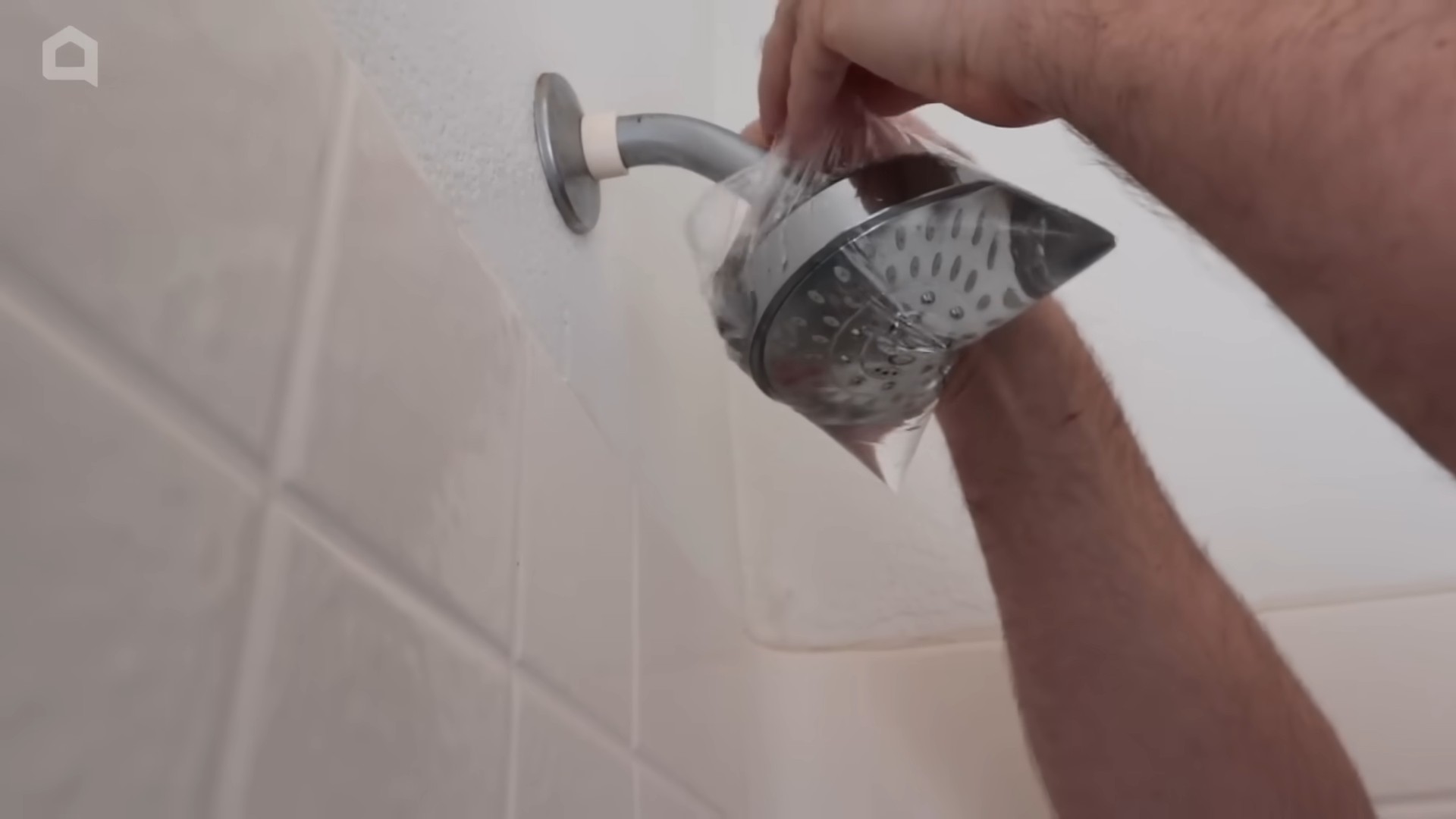
Conclusion
So, there you have it! Ditching harsh chemicals and embracing the power of homemade vinegar cleaning tricks is not just a trend; it’s a smarter, healthier, and more sustainable way to keep your home sparkling. We’ve explored a range of applications, from banishing stubborn hard water stains to deodorizing your refrigerator, all with the humble ingredient you likely already have in your pantry: vinegar.
Why is this a must-try? Because it’s effective, economical, and eco-friendly. Commercial cleaners often come with a hefty price tag and a list of ingredients that are difficult to pronounce, let alone understand the potential health risks associated with them. Vinegar, on the other hand, is readily available, incredibly affordable, and a natural disinfectant. You’re saving money, reducing your exposure to harmful chemicals, and minimizing your environmental impact – all while achieving impressive cleaning results.
But the beauty of homemade cleaning lies in its adaptability. Feel free to experiment with different essential oil combinations to create your signature scent. Lavender and lemon offer a calming and refreshing aroma, while tea tree oil adds an extra boost of antibacterial power. You can also adjust the vinegar-to-water ratio to suit the specific cleaning task at hand. For tougher stains, try using undiluted vinegar, but always test it on an inconspicuous area first to ensure it doesn’t damage the surface.
Consider these variations to personalize your cleaning routine:
* Citrus Infusion: Infuse your vinegar with citrus peels (lemon, orange, grapefruit) for a few weeks to create a more potent and fragrant cleaner. The citrus oils add extra degreasing power and a delightful scent.
* Herb-Infused Vinegar: Similar to citrus infusion, you can infuse vinegar with herbs like rosemary, thyme, or mint. This not only adds a pleasant aroma but also imparts some of the herbs’ natural antibacterial properties.
* Vinegar and Baking Soda Paste: For particularly stubborn stains or grime, create a paste of vinegar and baking soda. Apply the paste to the affected area, let it sit for a few minutes, and then scrub gently. The fizzing action helps to lift dirt and grime.
We encourage you to embrace these homemade vinegar cleaning tricks and discover the joy of a naturally clean home. It’s a small change that can make a big difference for your health, your wallet, and the planet.
Don’t just take our word for it! Try these methods out for yourself and see the amazing results firsthand. We’re confident that you’ll be pleasantly surprised by the cleaning power of vinegar.
And most importantly, we want to hear about your experiences! Share your favorite homemade vinegar cleaning tricks, tips, and variations in the comments below. Let’s build a community of eco-conscious cleaners and inspire others to make the switch to a more sustainable lifestyle. What surfaces have you found vinegar works best on? What essential oil combinations have you discovered that you love? We’re eager to learn from your successes and help troubleshoot any challenges you may encounter. Let’s unlock the full potential of homemade vinegar cleaning tricks together!
FAQ
What kind of vinegar should I use for cleaning?
White distilled vinegar is the best choice for cleaning. It’s inexpensive, readily available, and has a high acidity level, making it effective at killing bacteria and dissolving grime. Avoid using other types of vinegar, such as apple cider vinegar or balsamic vinegar, as they may contain sugars or coloring that could stain surfaces.
Is vinegar safe to use on all surfaces?
While vinegar is a versatile cleaner, it’s not suitable for all surfaces. Avoid using vinegar on natural stone surfaces like marble, granite, and limestone, as the acidity can etch and damage them. It’s also best to avoid using vinegar on waxed wood furniture, as it can strip the wax finish. Always test vinegar on an inconspicuous area before applying it to a larger surface.
Can I mix vinegar with bleach?
Never mix vinegar with bleach! This combination creates toxic chlorine gas, which can be harmful or even fatal if inhaled. Always use vinegar and bleach separately, and rinse surfaces thoroughly after using either product.
How do I get rid of the vinegar smell after cleaning?
The vinegar smell will dissipate quickly on its own. To speed up the process, you can open windows and doors to ventilate the area. You can also add a few drops of your favorite essential oil to your vinegar cleaning solution to mask the smell. Citrus oils, lavender, and tea tree oil are all good options.
Can I use vinegar to clean my coffee maker?
Yes, vinegar is an excellent way to clean your coffee maker and remove mineral buildup. Fill the water reservoir with a solution of equal parts vinegar and water. Run the coffee maker through a full brewing cycle. Then, run it through two more cycles with plain water to rinse away any remaining vinegar.
How do I clean my microwave with vinegar?
To clean your microwave with vinegar, combine 1 cup of water and 1/4 cup of vinegar in a microwave-safe bowl. Microwave on high for 5-7 minutes, or until the solution boils and the microwave is filled with steam. Carefully remove the bowl and wipe down the inside of the microwave with a clean cloth. The steam will loosen any food splatters, making them easy to remove.
Can vinegar kill mold?
Yes, vinegar can kill some types of mold. Spray undiluted white vinegar onto the moldy surface and let it sit for an hour. Then, scrub the area with a brush and wipe it clean with a damp cloth. Be sure to address the source of the moisture that is causing the mold growth to prevent it from returning. For severe mold infestations, it’s best to consult with a professional mold remediation service.
How often should I clean with vinegar?
The frequency of cleaning with vinegar depends on your personal preferences and the level of dirt and grime in your home. For general cleaning, you can use vinegar once or twice a week. For specific tasks, such as cleaning your coffee maker or microwave, you can do it as needed.
Can I use vinegar to clean my laundry?
Yes, vinegar can be used in laundry as a natural fabric softener and odor eliminator. Add 1/2 cup of white vinegar to the fabric softener dispenser of your washing machine. It will help to soften your clothes, remove static cling, and eliminate odors. Vinegar can also be used to remove stains from clothing.
What are some other uses for vinegar in cleaning?
Vinegar has a wide range of cleaning applications beyond what we’ve already discussed. It can be used to clean windows and mirrors, unclog drains, remove hard water stains from showerheads, clean dishwashers, and even polish chrome fixtures. Its versatility makes it a valuable addition to any eco-friendly cleaning arsenal.

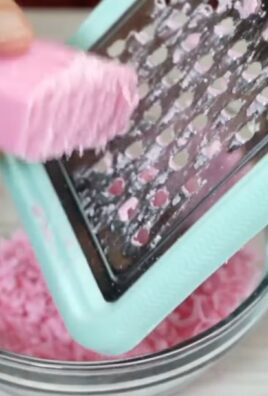
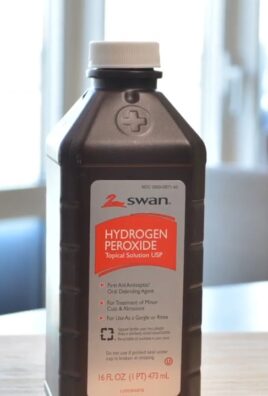
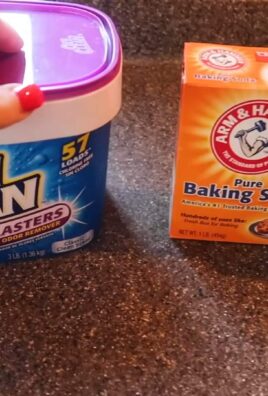
Leave a Comment